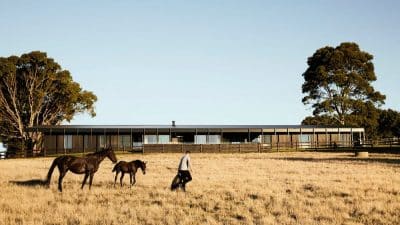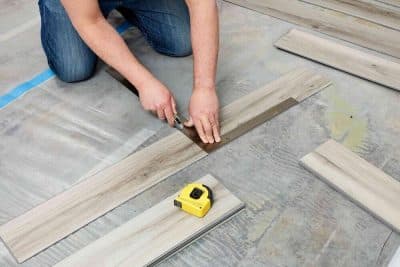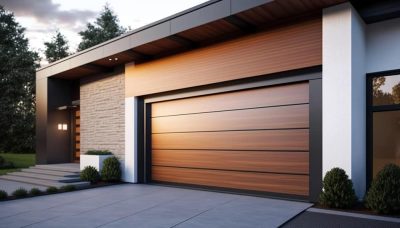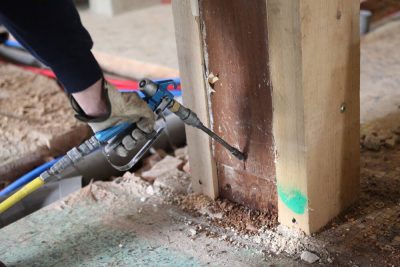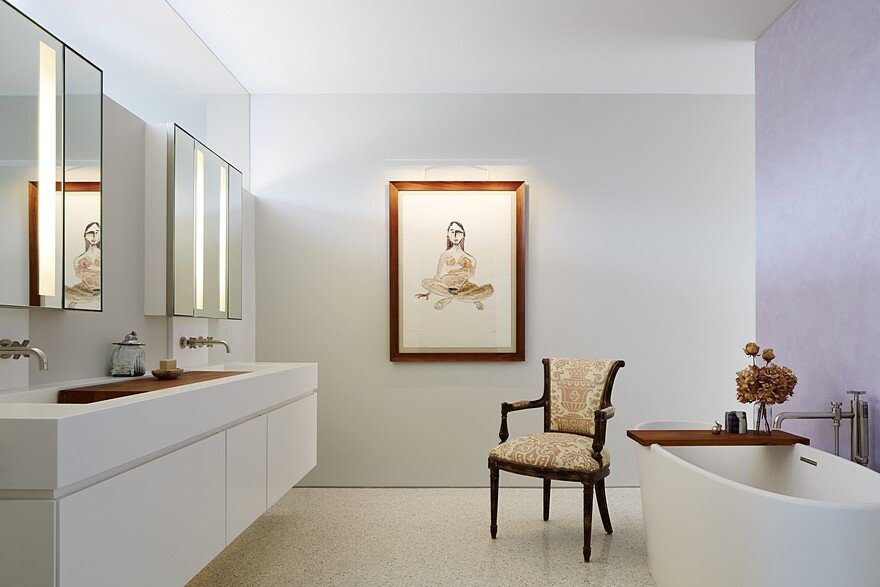
A stunning bathroom can make a huge difference to the overall impression your property makes on your guests, and the enjoyment you get from it personally. While we don’t spend as much time in the bathroom as we do in, say, the living room or the kitchen, it’s still a space that needs to provide a sense of cleanliness, style and comfort.
Get it right, and you could end up with a bathroom that’s fantastic to look at and use, and that adds considerable value to your property at the same time.
What is contemporary design?
Before we settle on this style of bathroom, it’s worth taking a look at what contemporary design actually means. It’s a term that shifts as time goes on, with contemporary styles encapsulating the most current modern design trends, but we can point to a few features which define most contemporary designs. We tend to find minimalism, clean geometric lines and cooler tones. In the bathroom, this might mean muted, natural-stone tiles, and a few simple, high-quality appliances.
What are the current contemporary bathroom styles?
We might break this general design philosophy into several different styles. The one you choose will tend to depend on your personal taste and which best suites your home. A bathroom might be modern, minimal, or rustic – as long as it conforms to the principles we’ve outlined, it will convey a sense of the contemporary.
Finding the right design for you
Before you start making decisions, it’s a good idea to visit a bathroom showroom, taking the time to get inspiration in person can go a long way. While you’re there, leaf through a few catalogues and decide which designs are leaping out at you. Keep a scrapbook for reference later, and then get your ideas down in writing for you to reference. That way, they’ll be easier to stick to later on when you make the design decisions.
You can budget at the same time, so that you aren’t tempted to go overboard. Get all of your components written in a list, from tiles to taps, and set a budget and a desired style for each of them, however, ensure not to always just look for the cheapest option as this will likely be reflected in the end quality. The more limited your options, the quicker you’ll be able to make those small decisions.
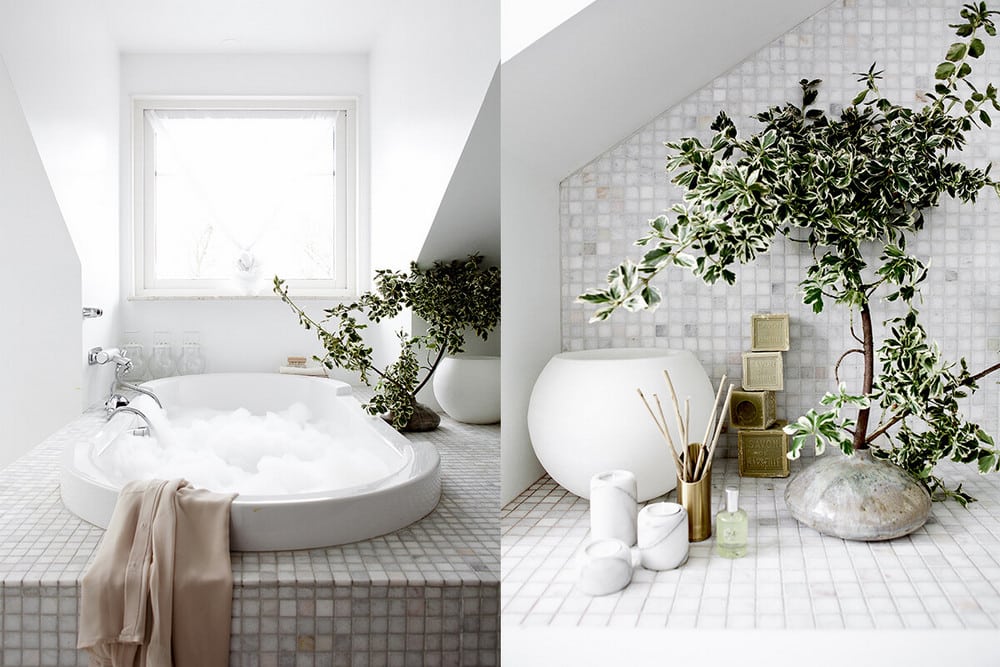
Planning and preparation
Having gotten your vision worked out, it’s time to make it a reality. Decide how much DIY you’re going to do, and whether you’ll be bringing in tradespeople. In the bathroom, you’ll want a professional to deal with the plumbing, and perhaps the tiling, too. Your budget may dictate who you can hire. As a rule of thumb, it’s a good idea to get several quotes for every job to ensure you get the best price for the work. However, you will need to make sure that the contracting company you choose can provide a quality job, as low quality installations can bring more costs in the long run, such as fixing leaks or faulty tiles. If the budget allows, you can commission custom features to be designed and made for your bathroom. Anything can be custom-made, but this really increases the budget, so take that into consideration.
Design, features and lights
Small details might help to bring your bathroom space to life. Think about the kinds of towels you want to use and how these will match the colour theme of the walls, tiles and appliances in the bathroom.
Toss in a few choice pieces of artwork, or potted plants. Invite mother nature into your bathroom in the form of beautiful plants. Aloe vera, Boston ferns, and peace lilies are all good plants for bathrooms. Freshly cut flowers are a great choice as well if you have a smaller bathroom but want to incorporate a natural element. With proper care, flowers can last in a humid space such as a bathroom for up to two weeks. Natural materials can enhance your well-being and create a calm, spa-like atmosphere.
For a consistent look, use co-ordinating colours and organic elements. Even your choice of soap dispensers can be incorporated into the overall design of the bathroom. You might be amazed at how much personality these touches can lend to an otherwise sterile bathroom.
The most common mistake made when lighting a bathroom is not using enough of it. Once a strictly utilitarian space, the modern bathroom has evolved to become the place where we prepare ourselves to start the day—and pamper ourselves at the end of the day.
Just like in the kitchen, lighting the bathroom is best done in layers: ceiling fixtures for ambient light, vanity lighting for washing and grooming, specialty lights for the shower and bathtub. Light helps your bathroom look more spacious and inviting and it also allows your floors, vanities and mirrors to shine.
All your choices should be thought out as part of the overall design. The design should be thoughtful and well planned. You do not want to spend time and money on a bathroom just to be disappointed with the final product.


